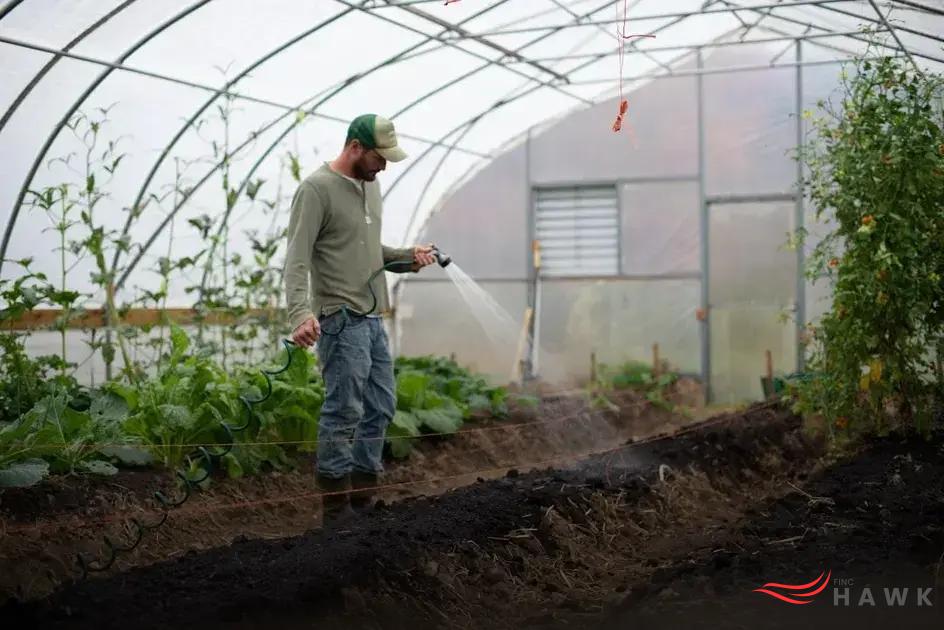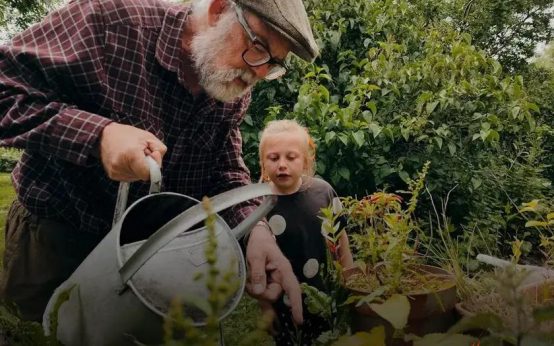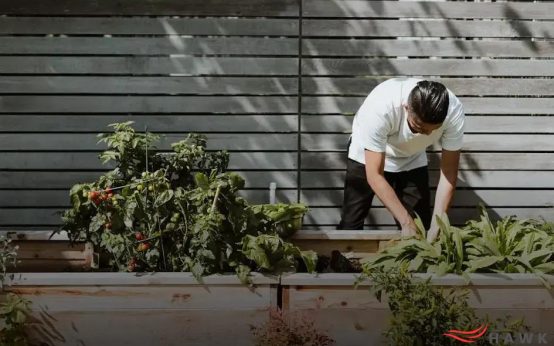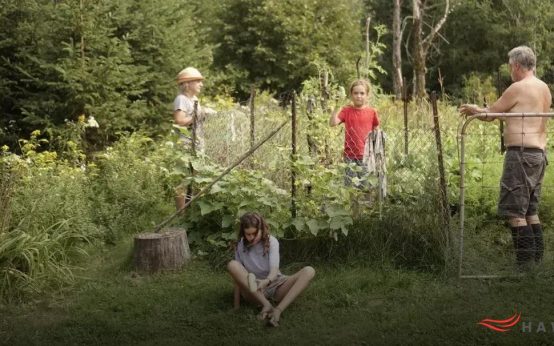Reducing food waste through gardening practices can not only save money but also contribute to a sustainable planet. By understanding the impact of food waste and utilizing methods like composting and strategic planning, gardeners can significantly reduce excess. Home gardening is not just a hobby but a step towards conservation. Discover creative ways to use surplus produce and maintain an eco-friendly garden. Join the movement of reducing food waste through smart gardening tactics.
Understanding the Impact of Food Waste
Food waste is a significant issue that affects both the environment and the economy. Every year, tons of edible food is discarded, contributing to the depletion of natural resources and increasing the carbon footprint. Understanding the impact of food waste is essential to developing strategies for reduction.
When food is wasted, all the resources used in its production, such as water, energy, and labor, are also wasted. This not only results in financial loss but also exacerbates environmental challenges, including climate change and pollution from methane emissions in landfills.
Recognizing the connection between food waste and sustainability, gardening can serve as an effective practice to make a positive change. By cultivating your own produce, you gain control over what you grow and how much you consume, significantly reducing the likelihood of generating waste. Additionally, home gardening familiarizes individuals with the growth cycles of plants, fostering an appreciation for food and the labor involved in its production.
To truly grasp the scale of the issue, note how improper storage and planning can lead to spoilage. Implementing mindful consumption habits, like buying only what you need and using leftovers creatively, can help minimize waste. Integrating these practices within a home gardening framework not only ensures fresh and healthy food but also supports ecological well-being.
Understanding the effects of food waste is crucial for developing effective solutions within home gardening. By doing so, you’re better equipped to contribute to a sustainable environment while enjoying the fruits of your labor more responsibly.
Benefits of Home Gardening

Gardening at home not only provides fresh produce but also plays a critical role in reducing food waste. By cultivating your garden, you have control over the amount and type of food you grow, which helps minimize surplus and spoilage. When you plant only what you plan to consume or share, the likelihood of wasting food diminishes significantly. Moreover, home gardening allows for the natural cycle of growth and decay. Remaining plant material can be effectively managed through composting, turning what would have been waste into enriching nutrients for your soil.
- Self-sufficiency: Growing your own vegetables and fruits means picking only what you need and when you need it, reducing the risk of food items going uneaten and ultimately thrown away.
- Better quality produce: Home-grown produce can be fresher and richer in nutrients compared to store-bought, ensuring that what you consume is of the best possible quality, leading to less wastage.
Additionally, home gardening promotes creative use of excess produce. By planning crops that have multiple uses in cooking and preserving, you make sure that everything you grow serves a purpose. For instance, if you find yourself with an abundance of tomatoes, you can delve into making sauces, pastes, or even drying them to prevent spoilage. Through this careful planning and utilization, home gardeners play a proactive role in waste reduction, contributing to more sustainable food consumption.
Composting: Turning Waste into Valuable Resources
Composting is a key component of reducing food waste, transforming organic matter into nutrient-rich fertilizer. Composting not only diverts waste from landfills but also enriches the soil, promoting healthy plant growth. By converting food scraps and yard waste into valuable compost, gardeners can create a sustainable cycle that benefits both their gardens and the environment.
Composting involves three main elements: carbon-rich materials (browns), nitrogen-rich materials (greens), and water. Browns include items like dried leaves, straw, and shredded paper, while greens consist of vegetable scraps, coffee grounds, and grass clippings.
It’s crucial to maintain the right balance between these elements for effective composting. Too many greens can make the pile overly moist and smelly, whereas too many browns slow down the decomposition process. A good rule of thumb is to mix three parts browns to one part greens.
Once the balance is achieved, regularly turn the compost pile with a garden fork to aerate it, ensuring oxygen flow that speeds up decomposition. Within a few months, you’ll have dark, crumbly compost ready to use in your garden.
Utilize the finished compost to improve soil structure, retain moisture, and introduce beneficial microorganisms. This natural fertilizer supports healthy root systems, leading to stronger and more abundant crops in your garden.
Through composting, gardeners not only reduce waste but also save money by decreasing the need for store-bought fertilizers. This sustainable practice contributes to a greener garden and a healthier planet.
Creative Ways to Use Excess Produce

Having a surplus of produce from your garden is a delightful challenge. Not only does it mean your garden is flourishing, but it also presents an opportunity to get creative in the kitchen. Whether you are an experienced gardener or just starting, finding inventive ways to utilize this bounty can lead to delicious meals and reduced food waste.
-
Preserving and Pickling
Freezing is an excellent way to save your produce for later use. By blanching vegetables like broccoli, greens, or beans before freezing, you preserve their flavor and nutrients.
Consider pickling to add a tangy flavor. Popular items to pickle include cucumbers, carrots, and even peppers. The pickling process not only extends the life of your produce but creates delightful side dishes and snacks.
-
Making Jams and Sauces
Turn your excess fruits, like berries or apples, into jams and jellies. This not only reduces your food waste but also provides homemade spreads that are perfect for breakfast or gifting.
For vegetables, making tomato sauce or chutneys can greatly utilize a large harvest. Tomato sauce, for instance, is versatile and can be used in numerous dishes.
-
Drying and Dehydrating
Dehydrating fruits and vegetables allows you to create snacks that can last for months. Dried apples, bananas, or tomato leathers are tasty treats with extended shelf life.
Dry herbs like basil, oregano, or thyme to create homemade spice blends or teas. These add flavor to your dishes long after the growing season ends.
-
Culinary Creations
Experiment with soups and stews for using various vegetables. It’s a versatile approach where you can mix different veg types for a warm, hearty meal.
Create salads for quick meals using greens and other veggies. Adding fruit like apples or raisins can enhance flavor and texture.
-
Sharing and Community Engagement
If you find it impossible to consume all your produce, consider sharing with friends, family, or neighbors. Bringing abundance to others not only helps reduce waste but strengthens community bonds.
Participate in local food banks or community gardens. Sharing your excess produce with those in need supports community health and wellness.
Planning Your Garden to Minimize Waste
When aiming to minimize waste in your garden, it’s essential to plan strategically. Start by researching which crops should be planted according to your family’s consumption needs. This way, you’re less likely to over-plant and end up with surplus produce.
A key practice is to stagger planting times. Plant crops such as lettuce, radishes, and carrots in intervals. This ensures a continuous harvest, reducing the chances of excess food going unused.
Consider companion planting, which not only maximizes space but also keeps pests at bay. For instance, planting basil near tomatoes can deter insects and improve flavor. Additionally, mix fast-growing plants with slower-growing ones to utilize space efficiently.
Opt for heirloom or native plant varieties that adapt well to local conditions, as they often yield more substantial and resilient produce. Make sure to leave space for a composting area where you can turn organic scraps back into rich soil.
Another approach is using container gardening for species that might spread uncontrollably, thus managing your garden space better. Employ strategies like installing a rain barrel to water your crops efficiently, which not only conserves water but supports healthy plant growth.
By focusing on these thoughtful planning techniques, your garden can thrive while significantly minimizing waste and contributing positively to our environment.





